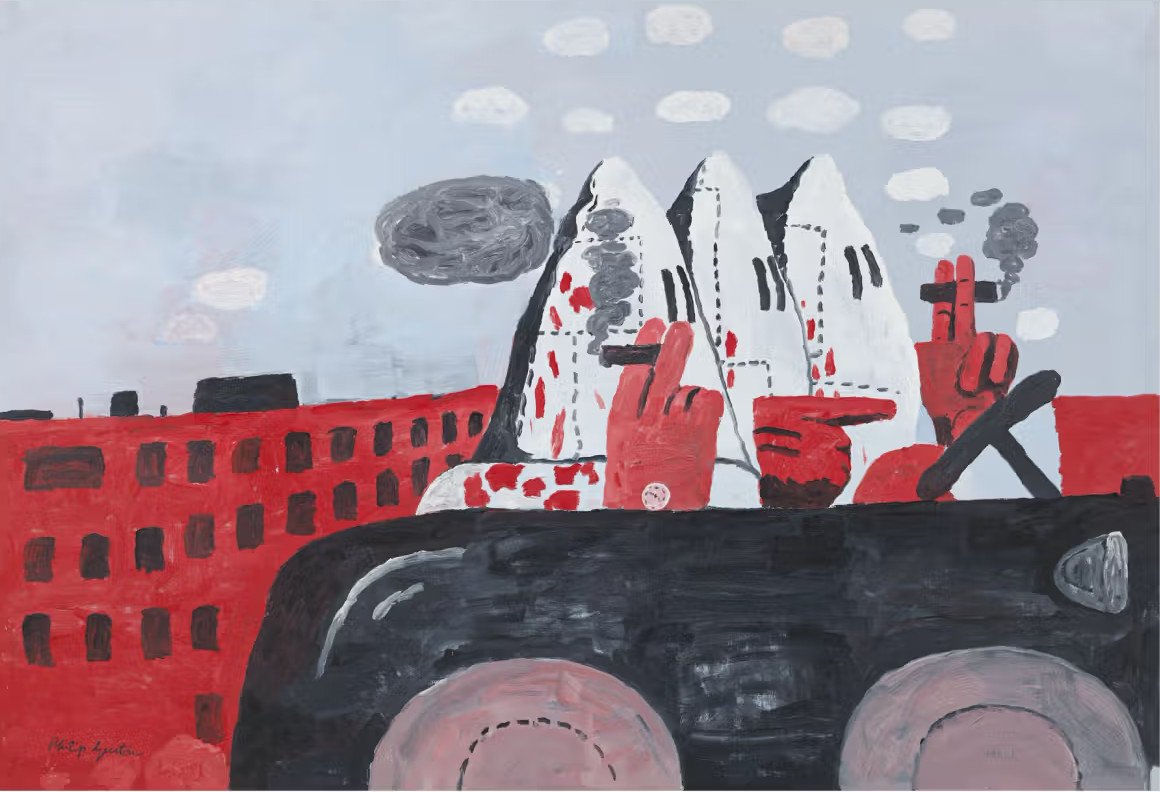Should Black Art Museums Feature Non-Black Artists?
Black art museums exist to celebrate and preserve Black creativity. But should they ever feature artists who aren’t Black? If Black artists were excluded from mainstream museums for generations, does including non-Black artists now contradict the mission, or could it add to the story? Let’s dig into it.
To answer this, we first need to look at why Black art museums exist in the first place.
A History of Exclusion and the Birth of Black Art Institutions
For much of art history, Black artists were systematically excluded from major institutions. The Museum of Modern Art (MoMA), The Metropolitan Museum of Art, and The Guggenheim, among others, did not consistently collect or exhibit Black artists until relatively recently. Even as late as the mid-20th century, Black artists had to form their own galleries, collectives, and exhibition spaces to gain recognition.
The Studio Museum in Harlem, founded in 1968, was one of the first major institutions dedicated to Black artists, providing a platform for names like Jacob Lawrence, Romare Bearden, and Faith Ringgold. Other institutions, like the California African American Museum and the National Museum of African American History and Culture, followed suit, ensuring that Black artistic narratives were preserved and celebrated.
Black art museums aren’t just alternatives to mainstream institutions—they’re acts of reclamation. They exist to correct history, giving Black art the space and respect it has long been denied.
Is Exclusion the Same as Erasure?
Critics of exclusionary practices in major museums might argue that Black art museums should welcome all artists to avoid repeating the mistakes of the past. But the exclusion historically practiced by mainstream institutions was not merely about who was included—it was about who was denied access, funding, and validation.
Non-Black artists have always had access to the world’s most prestigious institutions, while Black artists have had to fight for visibility. Even today, Black artists make up a disproportionately small percentage of museum collections. A 2019 study by Williams College found that only 1.2% of artwork in 18 major U.S. museums was by Black artists.
Black art museums do not exist to replicate the exclusionary models of the past but to correct the imbalance and provide a space where Black narratives take center stage. Prioritizing Black artists is not an act of exclusion but one of restoration and reclamation.
When Might It Make Sense to Include Non-Black Artists?
Philip Guston, Riding Around, 1969.
While Black art museums are dedicated to Black artists, there are times when non-Black artists might align with their mission.
Some non-Black artists have dedicated their work to examining the Black experience in meaningful ways. For example:
Philip Guston (1913–1980), a white painter, created powerful images critiquing white supremacy, particularly his unsettling paintings of hooded Klan figures. His work aligns with institutions that focus on racial justice.
Edward Burra, Harlem, 1934.
Edward Burra (1905–1976), a British artist, depicted Black life in Harlem and the Caribbean with a rare sensitivity for his time, challenging racial stereotypes through his work.
Alice Neel (1900–1984), a white portraitist, painted striking, deeply empathetic portraits of Black artists, writers, and activists, capturing their presence with dignity and depth.
Alice Neel, Two Girls, Spanish Harlem, 1959.
It all comes down to intention and relevance. Does the inclusion of a non-Black artist serve the museum’s mission? Does their work contribute meaningfully to discussions on Black identity, resistance, or creativity? If so, their presence could enhance rather than detract from the institution’s purpose.
Ultimately, the decision to feature non-Black artists comes down to each museum’s mission. If showcasing a non-Black artist strengthens that mission, then their presence makes sense. But if it diverts from the goal of uplifting Black artistry and history, then perhaps inclusion should not be done just for the sake of inclusion.
Black art museums do not exist to mirror mainstream institutions. They exist to do what those institutions have historically failed to do: elevate Black art, preserve Black narratives, and amplify Black voices. Inclusion should never be an obligation—it should be an informed choice that serves the museum’s greater purpose.
What Do You Think?
As an institution dedicated to Black art and culture, we are always engaging in conversations about our role in the broader art world. Now, we’d love to hear from you.
What non-Black artists, if any, do you believe align with the mission of the Northeast Louisiana Delta African-American Heritage Museum? Who would you nominate to be featured in a meaningful way?
Let us know—email us, visit us, and share your thoughts. This conversation isn’t just about art; it’s about how we tell history.




